Durable BK7 Half Ball Optic Lens
Basic Info
Lenses Color: Clear
Certification: Iso9001
Customized: Customized
Material: Optical Glass
Shape: Ball, Hemisphere
Diameter: 10-300mm
Origin: China
HS Code: 9001909001
Production Capacity: 400.000PCS/Month
Transmittance: ≥90%
Trademark: DG
Usage: Lighting, Medical, Optical, Photography
Optical Design: Available
Sample Time: 7-20 Days
Materials: Environmental Protection
Irregularity (P-V): λ/4
Model NO.: DGI-10015
Type: Ball Lens
Product Description
- Overview
- What are ball glass lens?
- Materials Used for ball lenses
- Detailed Photos
- What are ball lens used for?
- Our Advantages
- custom prism from DG
- FAQ
Basic Info.
Product Description

A Ball Lens consists of a highly transparent spherical ball, usually made of solid glass (fused silica) or another optical material with index of refraction less than. Most ball lenses are made with small diameters - a few millimeters or even less than a millimeter. The optical physics can be understood by realizing these lenses are, equivalently, two plano-convex lenses separated by a parallel plane. Spherical aberration is inherent in all ball lenses, but becomes a problem if light propagation isn't restricted to a small fraction of the lenses cross-section. The ratio of the diameter of the ball lens and the diameter of the input source is denoted as d/D, and when this number increases, the focus spot size at the back focal length of the lens also increases.
A Ball Lens consists of a highly transparent spherical ball, usually made of solid glass (fused silica) or another optical material with index of refraction less than. Most ball lenses are made with small diameters - a few millimeters or even less than a millimeter. The optical physics can be understood by realizing these lenses are, equivalently, two plano-convex lenses separated by a parallel plane. Spherical aberration is inherent in all ball lenses, but becomes a problem if light propagation isn't restricted to a small fraction of the lenses cross-section. The ratio of the diameter of the ball lens and the diameter of the input source is denoted as d/D, and when this number increases, the focus spot size at the back focal length of the lens also increases.
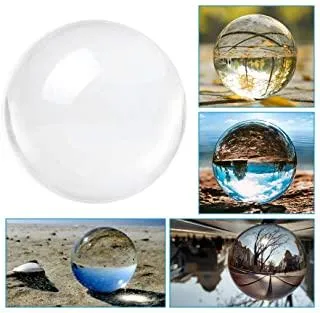
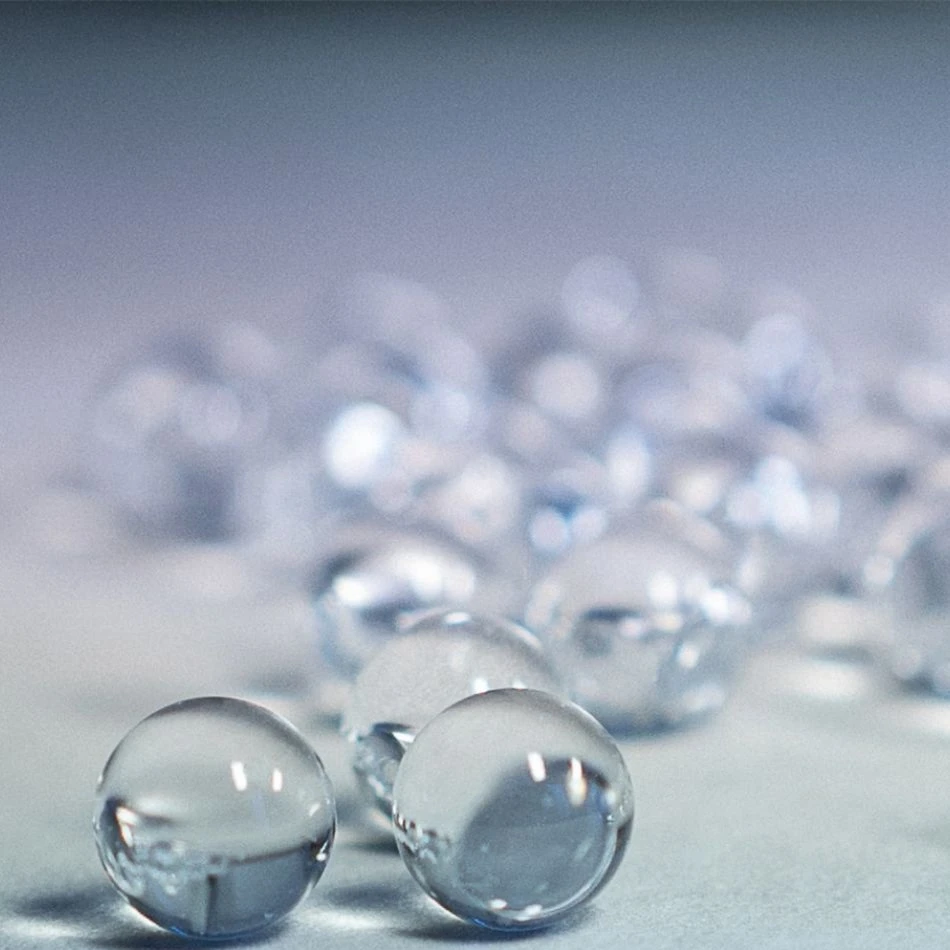
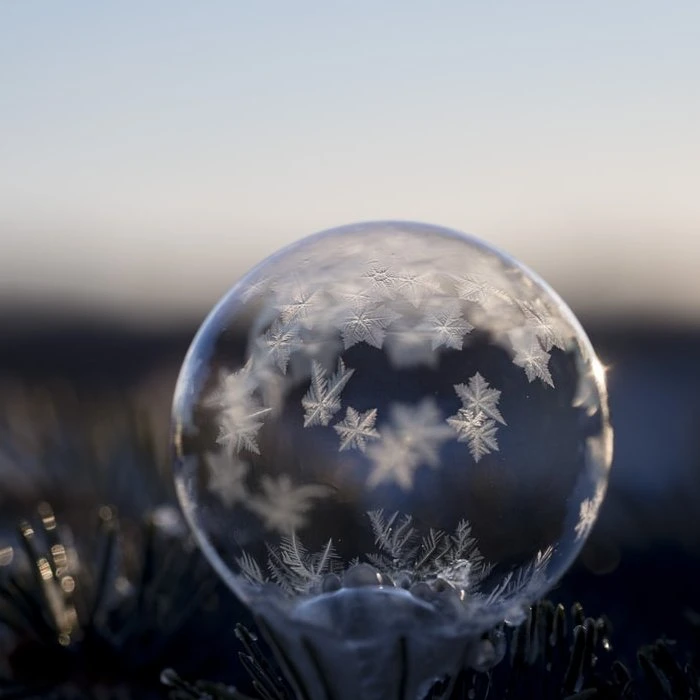
Ball lenses are used particularly as beam collimators for optical fibers (fiber collimators) and for fiber-to-fiber coupling. They are also suitable for miniature optics with applications like barcode scanning, as objective lenses in endoscopy and for optical sensors. There are also microscope objectives (particularly immersion objectives) which have a hyperhemisphere (e.g., somewhat more than a hemisphere) as the first lens. Ball lens is an important optical element, mainly made of optical glass and other materials. It is used for coupling between optical fibres, between lasers and optical fibres, and between optical fibres and detectors, or for the collimation of fibre beams in dense wavelength division multiplexers. Ball lenses are also known as glass beads. It is a solid or hollow glass bead with a diameter of several microns to dozens of microns. Its application fields involve chemical industry, military industry, aerospace, transportation, petroleum, light industry, medical care and other departments. It has the characteristics of good surface finish, good reflectivity of light, directional reflectivity, high impact strength, chemical stability, light weight, etc.




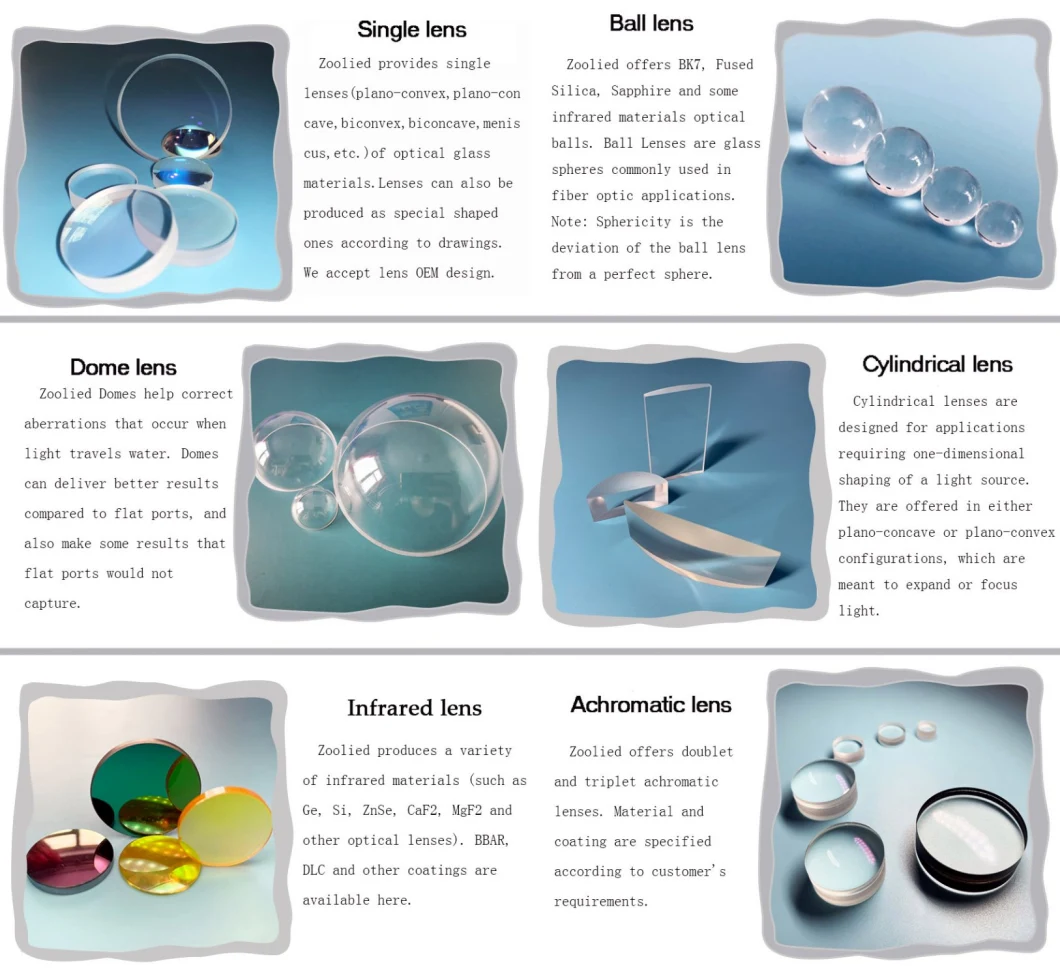

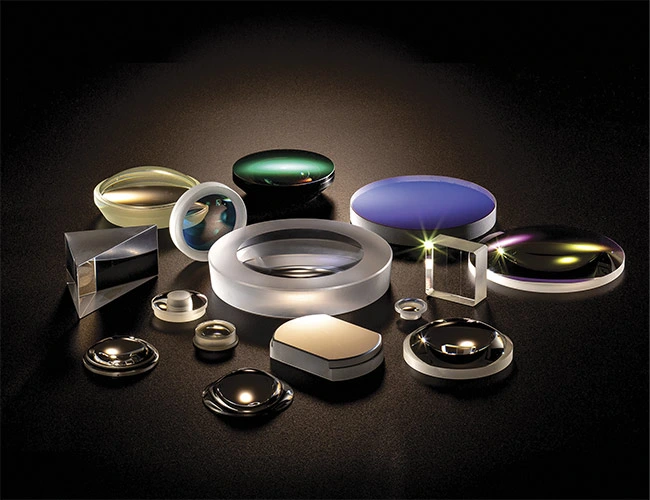

Product Categories : Optical lenses > ball lenses
















